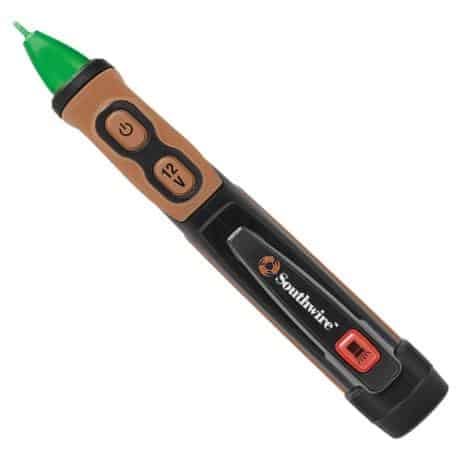Dear Mike,
I recently pulled into a little country showground in my motorhome and plugged into a 240V pedestal. Went to check my tire valve extensions. On touching the vehicle rims I was getting a heavy tingling on my fingers. That's never happened before or since, after connecting up to 240V. What could cause this to happen? Have alerted the showground manager just in case of faulty wiring somewhere. —Phillip
Dear Phil,
This is a condition that the RV industry calls a hot-skin, and which I've written about dozens of times over the last 10 years. A hot-skin voltage occurs when the skin (and chassis) of your RV is energized with over 30 volts of potential referenced to earth.
Is a hot-skin dangerous?
Yes, it certainly can be dangerous. For example, if you're standing on the wet ground in damp shoes or flip-flops, and then touch anything metal on an RV that's energized with 30 to 120 volts AC, there can be enough current flowing through your body to set your heart into fibrillation. That's when your heart stops beating regularly and you could pass out quickly. Without immediate CPR and the use of an AED (Automated External Defibrillator) you could be dead in a few minutes from electrocution.
How can I test for a hot-skin voltage?
I've developed and pioneered the use of Non-Contact Voltage Tester (NCVT) for discovering hot-skin voltage on an RV or appliance. You can buy these at any big box store or on Amazon. These testers look like a fat pen. They are typically used by electricians to verify if a conductor has AC voltage on it. But they also work great at finding any large energized surface, like the chassis and skin of your RV.
Which NCVT to buy?
While most of these testers are marked to find voltage in a range from 90 to 1,000 volts, I've discovered that even the 90-volt versions will reliably find a hot-skin on an RV as low as 40 volts. That's because they work by capacitively coupling the 60-Hz hum into the NCVT circuitry.
However, you can also get dual-range NCVTs that will find voltage as low as 12 volts AC. I like the Southwire 40140-N for my own testing, but you can also find testers made by Fluke, Klein, Amprobe and others.
How to use an NCVT...
Well, I've also done a bunch of videos of how to use one to find a hot-skin voltage, and I show this in my RVelectricity™ seminars all the time. You just push the power button on the NCVT until it beeps and poke it at an outlet you know is live to confirm it's operating properly. Then, while holding the tester firmly in your hand, bring it close to the metal frame of your RV until it touches.
Don't worry that you might get shocked if the tip of the NCVT touches the RV itself since these testers are all plastic and nylon, with a safety rating of up to 1,000 volts.
Watch the video!
Here's a video of me performing this hot-skin test on my VW Nano-Van demonstration vehicle. On a full-size RV trailer or coach this NCVT will beep from 1 to 2 feet away if there's a hot-skin of 120 volts, and as near 1 to 2 inches away with a 40- to 50-volt hot-skin. Watch the video HERE.
Why does a hot-skin voltage happen?
Well, in order for a hot-skin voltage to occur there must be a broken ground connection between your RV and the campground or home electrical service panel. It's possible that your own shore power cord or adapter has a broken ground connection, but I've found dozens of campground pedestals with a broken ground connection that needs immediate repair.
Please read this!
Here's my tutorial on how to diagnose and repair the causes of hot-skin voltage on your RV. Read all about it HERE
Remember to never accept a shock when touching your RV or anything plugged into an electrical outlet. While you might just feel a tingle this time, it can easily develop into a dangerous amount of voltage and fault current that could become deadly.
OK, everyone. Remember that electricity is a useful and powerful force, so we all need to pay attention to safety precautions while using it.
Let’s play safe out there…. Mike









Thanks for the article. I encountered a hot skin on our trailer a couple of years ago. I was puzzled as what was occurring. To determine the cause, I started at the power panel, switched off the breaker, the hot skin disappeared. Next, I started with changing out the breaker, cable from breaker to outlet, switched power cables, finally getting to the trailer. Checked the breakers inside the trailer panel box, tightened all the wire set screws in the panel, checked the cable between the panel box to the shore power plug at the side of the trailer. When removing the shore plug, the issue was found with a loose ground and one of the power feed conductors was not wired properly. It was a learning experience for sure. The issue was created when the dealer did warranty repairs at the end of the first year of our owning the trailer. The wire set screws held for a while before causing the hot skin.
Thank you for your article.
Thanks to the insight you provide with your article, I have ordered a voltage detector. I had no idea that such a device existed. Thank you.